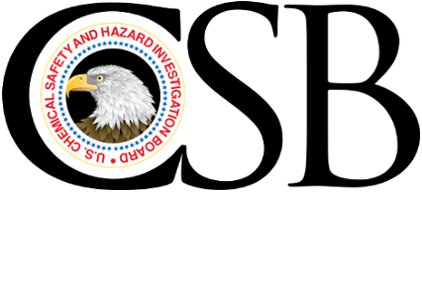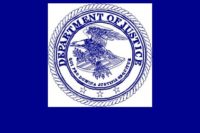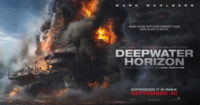The Deepwater Horizon tragedy, four years later
The death and destruction “are seared into our consciousness”

 Four years after an explosion on BP’s Deepwater Horizon oil drilling rig killed eleven workers and caused the largest offshore oil spill in U.S. history, the U.S. Chemical Safety Board (CSB) is ready to release its report into the causes of the disaster.
Four years after an explosion on BP’s Deepwater Horizon oil drilling rig killed eleven workers and caused the largest offshore oil spill in U.S. history, the U.S. Chemical Safety Board (CSB) is ready to release its report into the causes of the disaster.
“The death and destruction of that day are seared in our consciousness,” said CSB Chairperson Rafael Moure-Eraso in a statement. “The forthcoming CSB investigation report has a singular focus: preventing such an accident from happening again.”
The CSB’s investigation is in the final stages of completion. The first two volumes of the report which will cover technical, regulatory and organizational issues, will be released at a public meeting in Houston on June 5.
Causes, regulations, industry practices
The CSB, at the request of Congress, launched an independent investigation with a broad mandate to examine not only the technical reasons that the incident occurred, but also any possible organizational and cultural causal factors, and opportunities for improving regulatory standards and industry practices to promote safe and reliable offshore energy supplies.
Although a number of reports about the incident have already gone public, the CSB says its report will explore issues that haven’t been fully covered yet, like:
- New findings concerning the failures of a key piece of safety equipment—the blowout preventer—that was, and continues to be, relied upon as a final barrier to loss of well control.
- An examination and comparison of the attributes of regulatory regimes in other parts of the world to that of the existing framework and the safety regulations established in the US offshore since Macondo.
- An in-depth analysis and discussion of needed safety improvements on a number of organizational factors, such as the industry’s approach to risk management and corporate governance of safety management for major accident prevention, and workforce involvement through the lifecycle of hazardous operations.
In addition to the fatalities, the blowout on April 20, 2010 in the Gulf of Mexico injured many workers, who had to be airlifted to medical facilities.
Billions paid out
BP agreed to pay $2.4 billion for violations of the Clean Air Act (and could face additional penalties). Transocean, which was contracted by BP to operate the rig, agreed to pay $1.4 billion.
Moure-Eraso said the CSB examined the event from a process safety perspective, integrating fundamental safety concepts, such as the hierarchy of controls, human factors, and inherent safety into the U.S. offshore vernacular.
“While these concepts are not new in the petrochemical world or in other offshore regions around the globe, they are not as commonplace in the U.S. outer continental shelf.”
Recommendations will be included in the various volumes of the report.
Volume 1 will recount a summary of events leading up to the Macondo explosions and fire on the rig, providing descriptive information on drilling and well completion activities.
Volume 2 will present several new critical technical findings, with an emphasis on the functioning of the blowout preventer (BOP), a complex subsea system that was intended to help mitigate and prevent a loss of well control. This volume examines the failures of the BOP as a safety-critical piece of equipment and explores deficiencies in the management systems meant to ensure that the BOP was reliable and available as a barrier on April 20, 2010.
Later in the year, the board will consider Volume 3, which will delve into the role of the regulator in the oversight of the offshore industry. Finally, Volume 4 will explore several organizational and cultural factors that contributed to the incident.
Looking for a reprint of this article?
From high-res PDFs to custom plaques, order your copy today!








